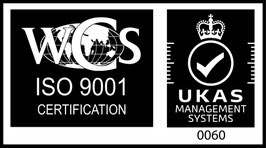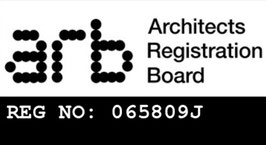Most people's brief requirements include sustainability. This demonstrates how, over the last decade, peoples understanding of 'green building' has shifted from commercial building projects to their home building projects.
Other than complying with building regulations, there is no benchmark for residential projects. As in every project, budget and aspiration must always be balanced.
These are some of the most common questions about 'green building.'
Q: How much does it cost to build green?
Every green building design requires a very detailed unique approach from the start. Green materials are generally more expensive, and higher costs are associated with the design time needed to address material and product selection priorities. The budget can sometimes be more easily managed in a new build because all the components are much easier to coordinate.
Q: How do you design a building that saves energy?
Looking at ways to reduce heat loss and maintain a comfortable temperature throughout the day and year, whether as a retrofit or a new build, reducing the need for artificial lighting and mechanical heating and ventilation.
The following are some key considerations:
1. The walls are lined with internal insulation.
2. External insulation to the outside of the building.
3. Replace single glazed units with double or triple glazed units.
4. Using roof overhangs to provide solar shading to glazing where necessary.
5. All flat roofs can have green roofs.
6. Use stack and cross ventilation to increase natural ventilation.
7. Low-carbon product specifications
8. Low-VOC product specifications.
9. Wherever possible, specify renewable and recycled materials.
Q: What steps do you think are essential to take to achieve a "green building"?
When attempting to reduce your home's energy burden, a fabric-first approach is critical.
In order of most significant budget impact, we recommend the following:
1. Ensure that all walls are adequately insulated.
2. Replace or upgrade the glazing.
3. Plan any changes to the building to increase natural light levels, reducing the need for artificial lighting and maximising passive solar gain. Take advantage of the building's natural orientation.
4. A MVHR unit is an excellent system for taking cold fresh air and heating it with warm stale air.
5. Solar Hot Array - Use the sun to heat your water.
6. If you're lifting the floors on the ground floor, consider installing a water-based underfloor heating system. This operates at a much lower, more consistent temperature, allowing you to avoid costly and difficult-to-manage heating spikes.
7. If you have a flat roof with a sound waterproofing layer, consider installing a lightweight green roof finish to reduce rainwater runoff and increase biodiverse habitats.
Q: Will I notice a difference in the way I live and enjoy the spaces daily?
While most of the techniques listed above are hidden or passive, they will significantly impact your day-to-day life. It does, however, necessitate a new way of thinking about how to use your home. Green buildings are more responsive to the environment, accumulating heat and cool throughout the day and night. Temperatures and thermostats must be set ahead of time to reflect usage patterns. Reduced artificial lighting and increased natural ventilation have been shown to improve mental health and protect the fabric of your building. It's not about making money from the grid or saving on bills; it's also about creating better spaces that are more environmentally conscious and enhance wellbeing and everyday life.





